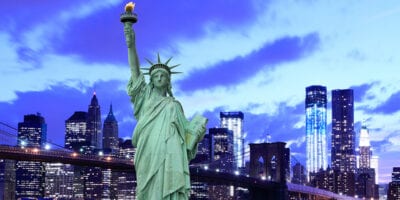
Gov. Morris Letter to John Penn: We Shall be under the Domination of a Riotous Mob
When news of the first measures that came to be known as the Coercive Acts reached New York City, the Sons of Liberty sprang to action, calling a large public meeting in Fraunces Tavern. Moderates within the city, fearing that this radical group would take things too far by imposing an embargo that would cripple the finances of local merchants, schemed to coopt the proceedings. Radicals learned of the moderates’ plan, however, forcing a compromise that resulted in the appointment of the “Committee of Fifty-one.” This body, which included members of both factions, would direct New York’s resistance efforts ...
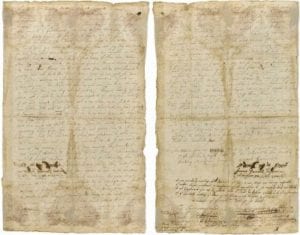
1688 Germantown Quaker Petition Against Slavery
Slavery is not simply a historical phenomenon.. It persists to this day in modern forms, such as trafficking. Quakers have opposed it from very early on and still do. In the first few years after the Quaker movement began in 1652, slavery would have been outside the experience of most Quakers, as it was not much practiced in Britain. But in British colonies in the Caribbean and North America it was widespread. Britain was also heavily involved in the slave trade, as many of its merchants brought captives from African countries to the New World to sell to plantation ...

King Charles Delivers the ‘Answer to the Nineteen Propositions’ to Parliament
Two of Charles I advisers drafted and persuaded the king to issue a document, His Majesty’s Answer to the Nineteen Propositions of Both Houses of Parliament, in which the king, eager to dismiss his image as a monarch, declared that England was a mixed government and not a condescending monarchy. The Answer was a critical turning point in constitutional history because in it the king proclaimed that England possessed a balanced government, not an absolute monarchy as the people predominantly considered the government under him to be. It was an admission that royalists immediately began pressing the king to retract ...
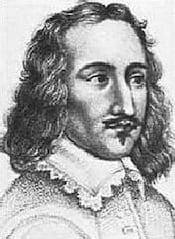
John Lilburne was Arrested for Printing and Circulating ‘Unlicensed Books’ Critical of the King Charles I’s Monarchy
In 1638, John Lilburne was arrested upon his return from Holland and put on secret trial by the Star Chamber of Charles I. His crime? The writing and distribution of seditious pamphlets that skewered the legitimacy of the monarchy and challenged the primacy of the high prelates of the Church of England. He was promptly convicted of publishing writing of “dangerous consequence and evil effect.” For these intolerable opinions, the royal tribunal sentenced him to be publicly flogged through the streets of London, from Fleet Prison, built on the tidal flats where Fleet Ditch spilled out London’s sewage, to ...
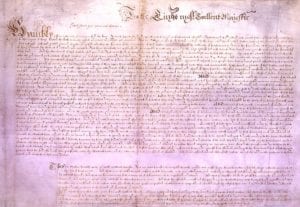
The ‘Petition of Right’ Approved by King Charles I in England
The Petition of Right (see document) is a statement of the objectives of the 1628 English legal reform movement that led to the Civil War and deposing of Charles I in 1649. One of England's most famous Constitutional documents, it expresses many of the ideals that later led to the American Revolution. It was written by Parliament as an objection to an overreach of authority by King Charles I. During his reign, English citizens saw this overreach of authority as a major infringement on their civil rights. The Petition of Right contained four main points: No taxes could be levied without Parliament's ...
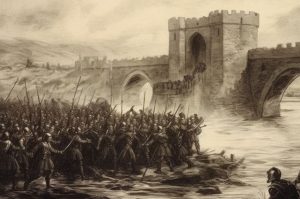
The Battle of Stirling Bridge
The Battle of Stirling Bridge, fought on September 11, 1297, marked a turning point in the First War of Scottish Independence and solidified William Wallace's status as a national hero. This battle was a testament to Wallace's strategic genius and the determination of the Scottish forces to resist English domination. Stirling Bridge was a crucial crossing point over the River Forth, and controlling it was key to maintaining supply lines and communication. The English army, led by John de Warenne, Earl of Surrey, and Hugh de Cressingham, underestimated the Scottish forces and made a critical tactical error by attempting to cross ...

